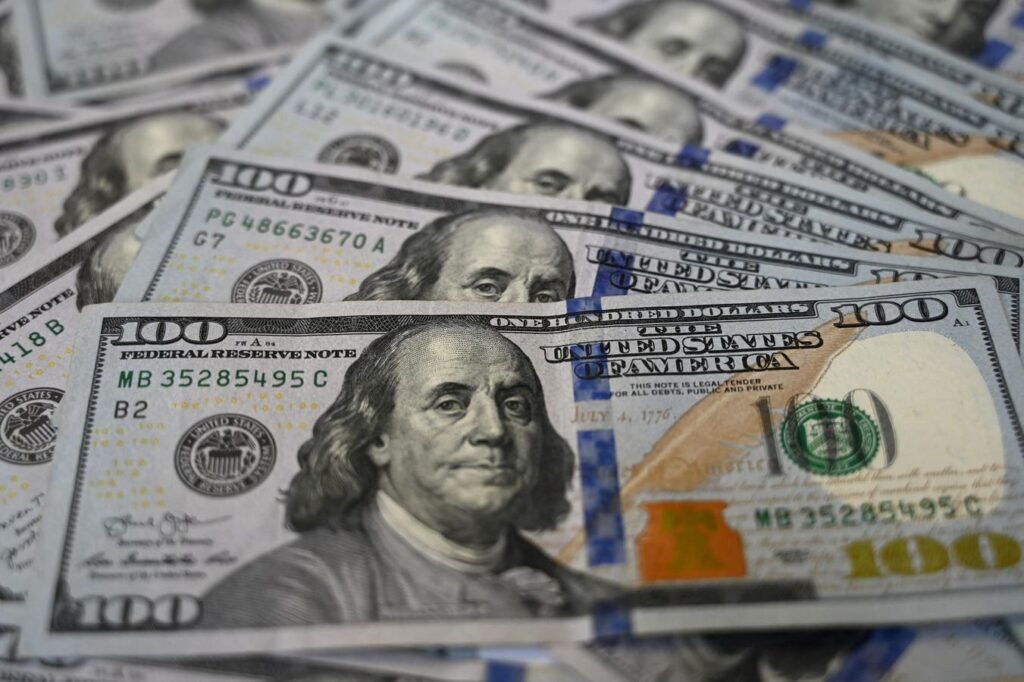In June, the Consumer Price Index dropped to 3.0% annually, nearing the Federal Reserve’s inflation target of 2%. This marked the lowest prices had been in almost two years, prompting discussions about potential rate cuts by the Federal Reserve to stimulate the economy. However, Republicans warned against such actions before the upcoming election in November, citing concerns about the Fed’s independence if rates were lowered too soon.
Despite Republican opposition to rate cuts, historical data shows that the Federal Reserve has a track record of adjusting rates in the final months leading up to a presidential election based on economic conditions rather than political pressure. Over the past 50 years, the Fed has made significant rate adjustments prior to elections, regardless of which party held the White House. This suggests that the Fed is likely to continue with its plans for the July 31 and September 18 Federal Open Markets Committee meetings, even if CPI drops further.
If the Federal Reserve believes it has successfully reached its inflation target and a reduction of the federal funds rate is necessary, policymakers are expected to act accordingly without regard for political implications. This would enable the Fed to address economic conditions as needed, similar to their decision earlier this year to resist pressure from Democrats to raise their inflation target. By making decisions based on economic indicators rather than political considerations, the Fed can avoid accusations of playing favorites.
While Republicans express concerns about the potential impact of rate cuts on the upcoming election, historical data suggests that the Fed’s actions may not significantly sway the election results. Instances from past elections show that rate cuts or hikes by the Fed did not always result in the incumbent party maintaining the presidency, highlighting the complexities of the relationship between economic policy and electoral outcomes. Additionally, any rate cuts made in the coming months are unlikely to have a full impact before Election Day, minimizing the potential influence on voters’ perceptions of the economy.
Ultimately, it is uncertain how the Federal Reserve’s decisions regarding interest rates will impact the outcome of the November election. Both Republicans and Democrats will continue to closely monitor the Fed’s actions in the coming months, but the full effects of any rate cuts may not be felt until after the election. Regardless of which party wins the White House, the Fed’s independence and commitment to addressing economic conditions will likely guide their decisions in the midst of political pressures.

